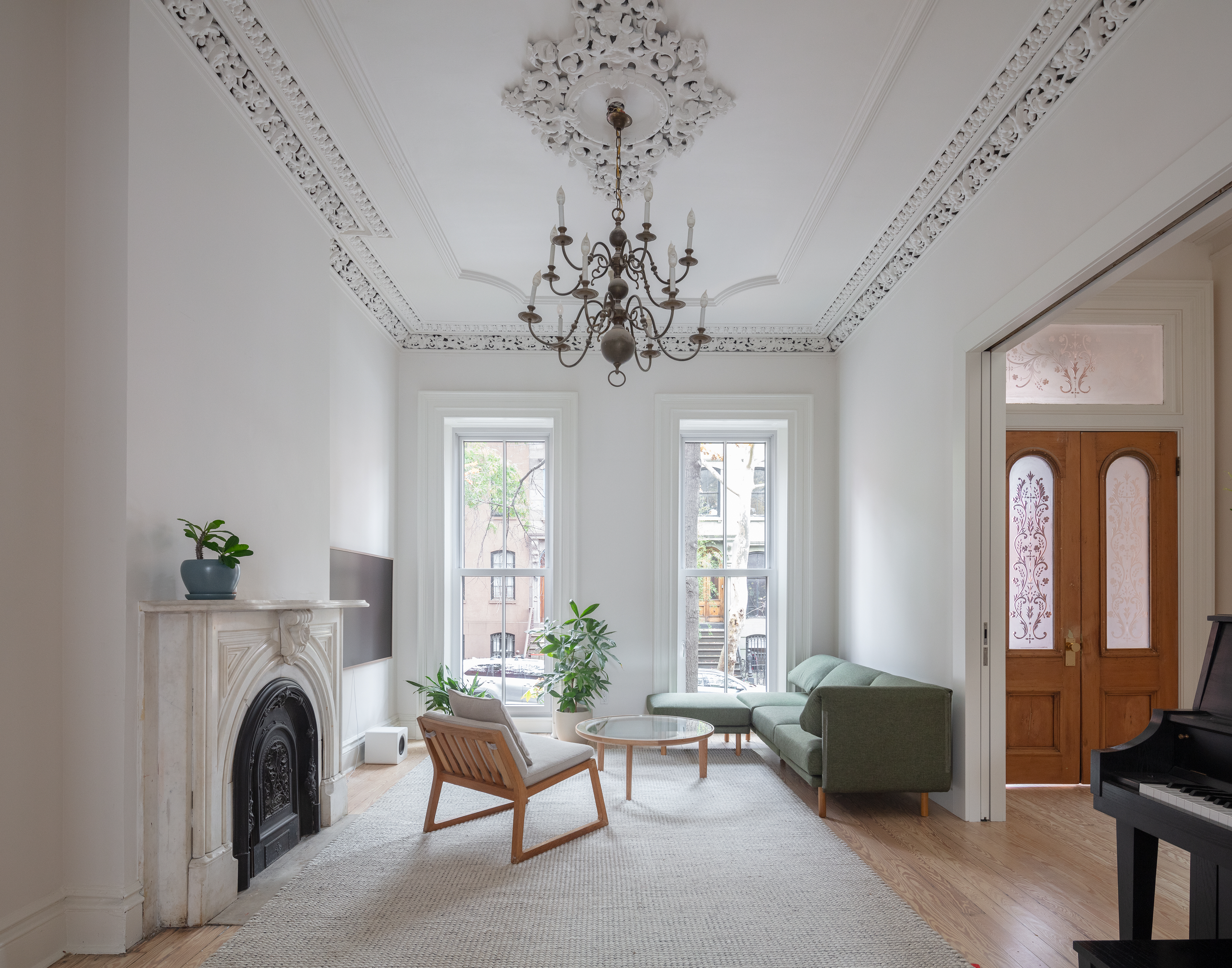
"By now you've probably heard about the Passive House movement. Essentially, it's a design standard focused on maximizing the energy-saving capacity of your home through a series of interventions. Some of these strategies aren't overly expensive, but others, such as adding thick insulation to your building's walls, require a deep retrofit-which gets pricey. And there can be drawbacks, especially if your older home has details like decorative molding that you want to preserve. But you can benefit from green technology without going full Passive House."
""Often, the first thing I look at is the roof," said Ingui. "If I need to put in a whole new roof, I add rigid board insulation above the roof joists, four inches minimum. That move alone significantly reduces cooling bills in summer, because the heat never makes it into the house." These days, said Ingui, a lot of rigid board insulation is made from recycled materials, such as wood fiber that's a byproduct of lumber mills."
"Especially for older homes, it's important to pay attention to the ways your building leaks air-say, allowing your cool, air-conditioned air in summer to seep out through a myriad of nooks and crannies (or in winter, cold air to seep in). One way to locate those leaks is with a "blower door test" - a powerful fan inserted into the front door that either pressurizes or depressurizes your building."
Passive House is a design standard maximizing home energy savings through interventions that range from inexpensive measures to costly deep retrofits. Thick wall insulation and deep retrofits can be expensive and may threaten historic details such as decorative molding. Targeted upgrades can still deliver benefits without a full Passive House retrofit. Prioritize roof upgrades by adding at least four inches of rigid board insulation above roof joists to reduce summer cooling loads. Use recycled rigid board materials when possible. Identify air leaks with a blower door test and seal them by caulking, maintaining historic windows, adding storm windows, or installing high-performance Passive House windows.
Read at Brownstoner
Unable to calculate read time
Collection
[
|
...
]